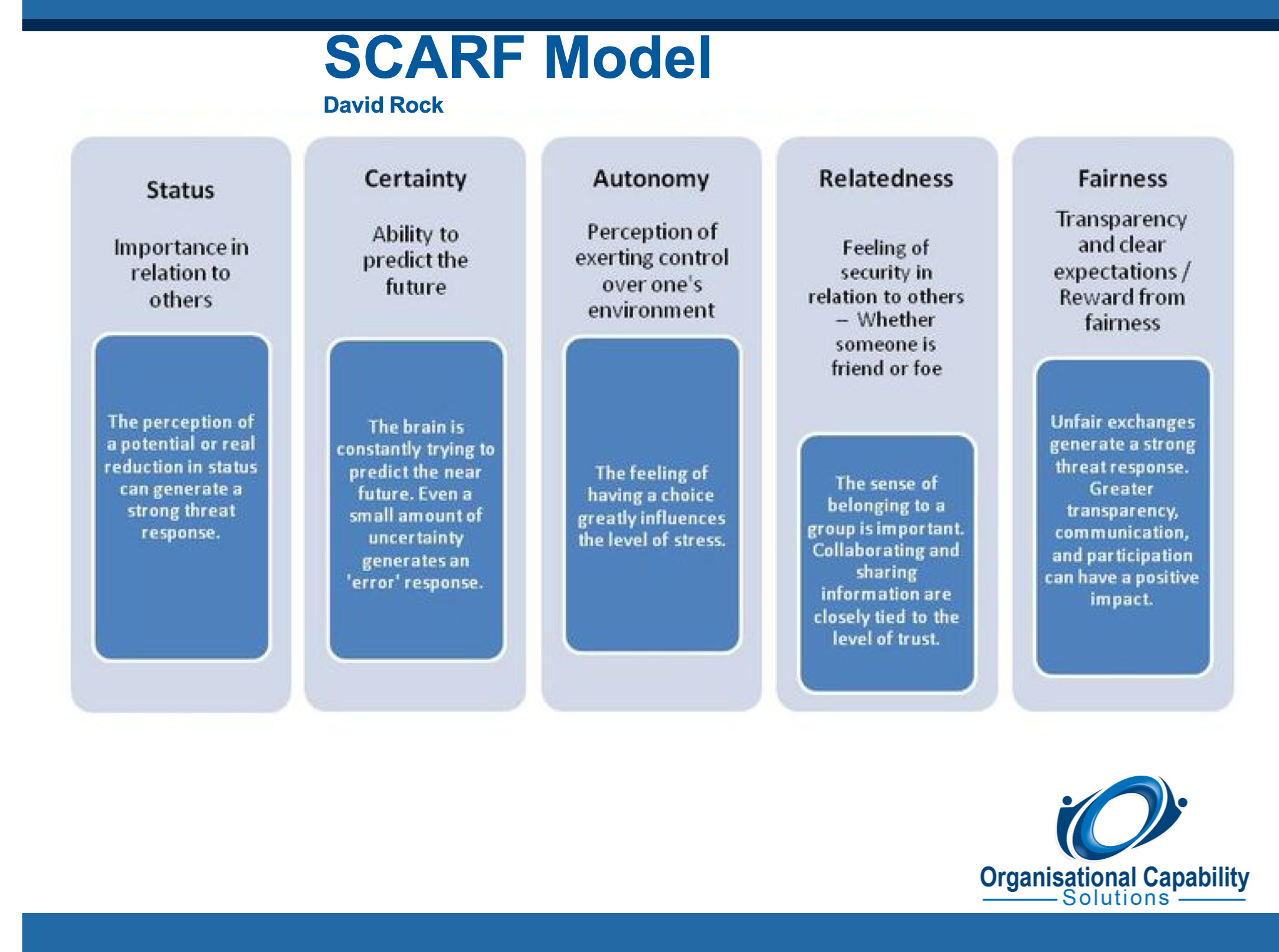Leading in Uncertain Times - Covid 19 #3
/I do hope you and your families are all well and keeping safe.
This is the third article on the above. As before, it is intended as a tool to assist you in your role as a leader of and in, your organisation.
In a video call this morning I heard a great reframing of the term ‘social distancing’. I intend to adopt it and encourage you all to do the same.
I will now refer to ‘physical distancing and social connection’. I like the combination of the practical guidance for keeping us all safe along with the message of support for people.
As I was this morning, I expect the vast majority of you are spending increasing amounts of time in various forms of virtual meetings. You are likely to be developing increasing familiarity with online meeting technology and formats.
In the spirit of the above reframing to ‘physical distancing and social support’, I thought it might be useful to explore some ‘social support’ methods you can adopt in these meetings.
Familiarity with Technology
For all the virtual gatherings to be effective, their needs to be some level of competency with the technology being used. Consider if everyone is familiar with the technology you are using. I have been part of presentations where technology briefings have ben held ahead of the gathering. In most cases, taking 5 minutes to explain how to access the different functions of the technology you are using is adequate. The functions you intend to use in the session provide context here but functions such as hand-up, chat, mute and video-on/off, may be a minimum that is needed.
Here are 11 ‘social support’ methods you can use.
Acknowledgement of Country (2 options)
Most organisations take time to commence many gatherings, especially where external people are involved, with the acknowledgement of country. This can of course continue with the host providing the appropriate acknowledgement to the appropriate traditional landowners.
As an add on, consider providing a screen that participants can annotate to add the name of the traditional owners of where they are attending the meetings from. I recommend participation in the activity is optional.
This will reinforce the organisation’s values around cultural inclusion of indigenous peoples as well help any First Nations Peoples feel even more included.
Wellbeing Check in (4 optons)
Given the physical distancing, combined with the reasons for the physical distancing, providing time for this will generally be appreciated. I am sure your organisation has a value around people or respect or something similar. Demonstrate that value by allocating some time to it. Also, by allowing some time for this at the start of the meeting, people will feel a little less burdened with the personal stresses and more able to contribute to the purpose of the meeting. As always, context is everything, so allocate time as appropriate to that context.
For small groups it may be appropriate to go around the group and ask for a one-minute update on their own situation. I have done this in an even shorter way by asking people to give a simple score out of 10 on their personal wellbeing.
For larger groups this can be done by inviting people to utilise the chat function to give a score out of 10 or a short description.
The polling tool can be used to let the group express how they are feeling. This is not particularly intimate, but it provides the opportunity for people to express their current state and lets people see that they are not alone in what they are experiencing. Or maybe they will see that they are better off than others.
A variation on this is to provide a slide with images of different emotional states and ask people to utilise the annotation to function to show where they are emotionally.
Where are we all from (2 options)
For small groups this can be part of the personal introductions. If your meeting involves larger numbers from a range of locations, consider providing a map of suitable geography on the screen. It could be a map of your city, your state your country the continent, the hemisphere or the world. For a webinar I am facilitating next week I will utilise a map of Australia. For a webinar I am facilitating in May, it will be a map of the world.
Invite people to use the annotation tool and mark on the map where they are from, facilitate a short discussion about what the maps tells the group or invite people to comment via the chat function as appropriate. This will help to provide connection between participants.
Creating Some Laughter (3 options)
This can be used to help people settle into the meeting, to mark a shift in the agenda or as an energizer.
One approach is to ask the group ‘what made you laugh out loud today, this week’ etc.
This can be done around the group verbally, using the chat function or by having the groups use the annotate function and providing a slide for the people to write some text onto.
Another approach is to ask people to come to the meeting with a meme, quote or image they found particularly funny. At the appropriate point in the meeting ask a few people to share what they brought (using screen share) and invite people to comment either verbally or by the chat function.
In the current climate you might ask people to bring along something humorous relevant to the covid-19 virus, or maybe explicitly NOT related to the covid-19 virus. Whatever you think would help the group have a little fun.
The third offering here is to invite participants to provide the text to a caption. I have included one here that Cheryle Walker showed me. If you want to create some laughter, provide a humorous image.
I will return to this theme of enhancing virtual meetings at a later article in this series.







